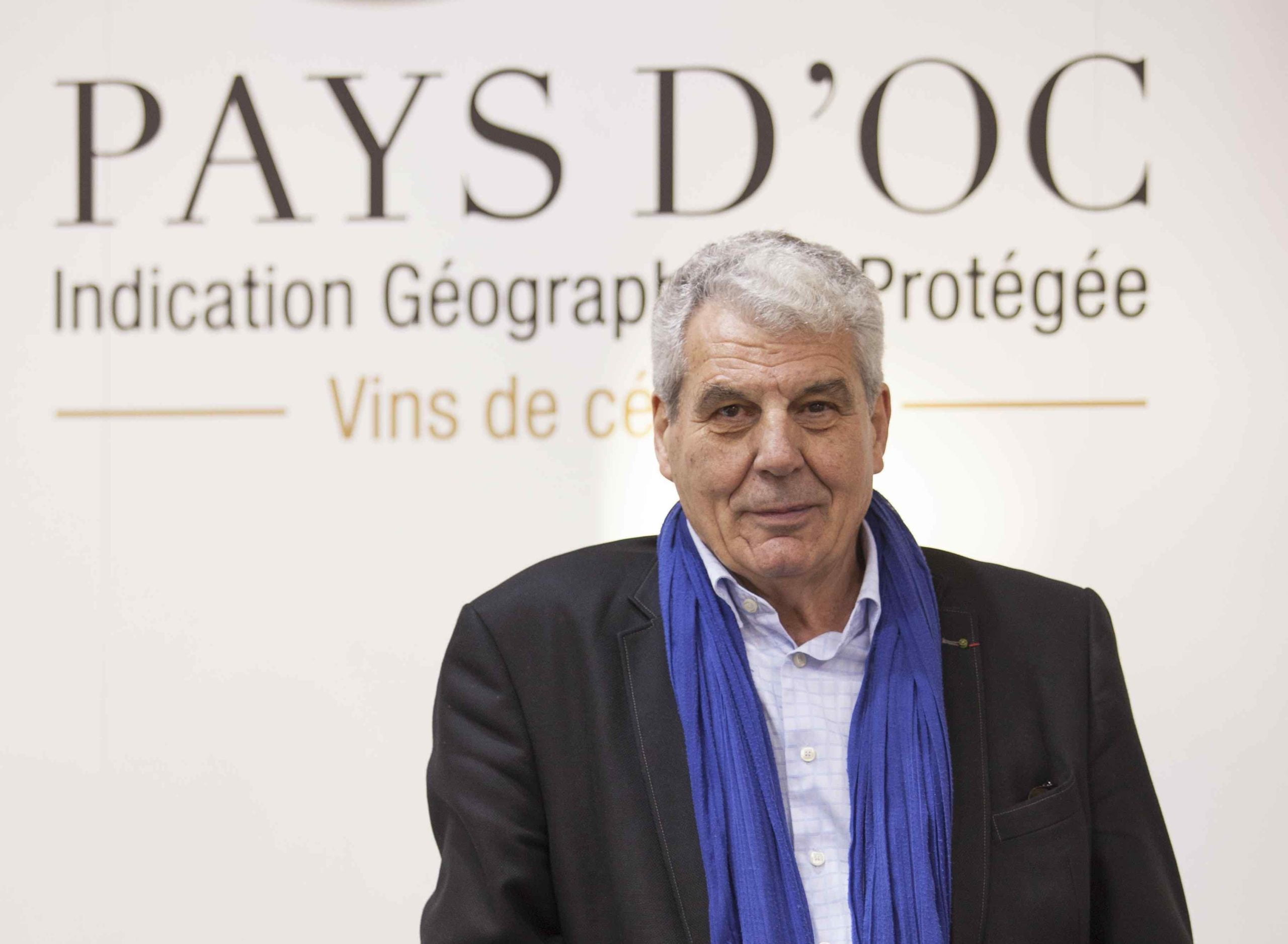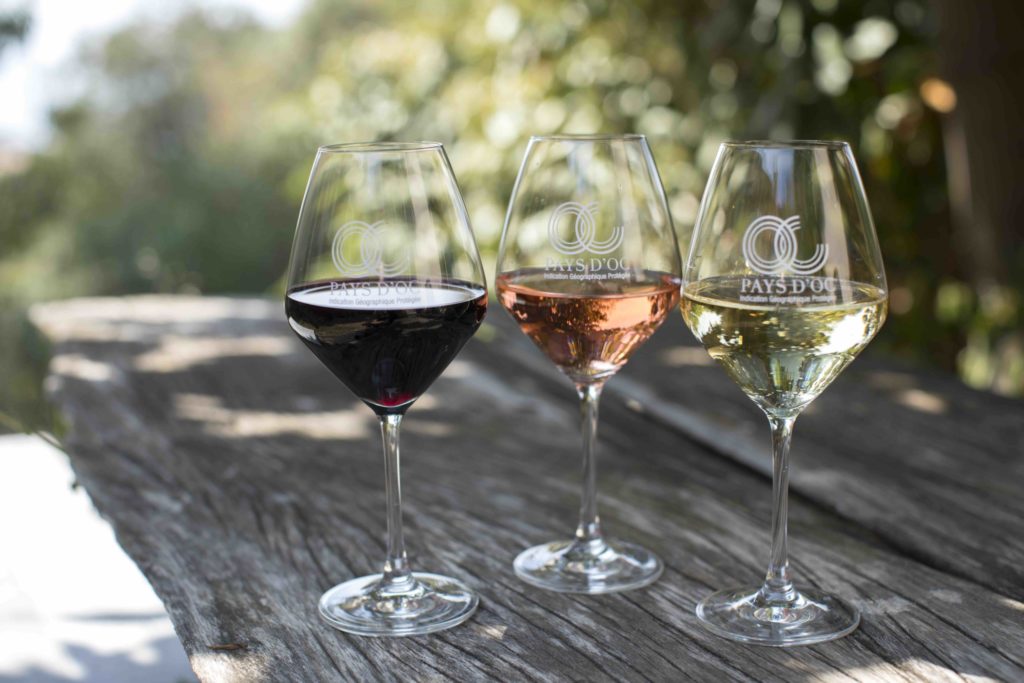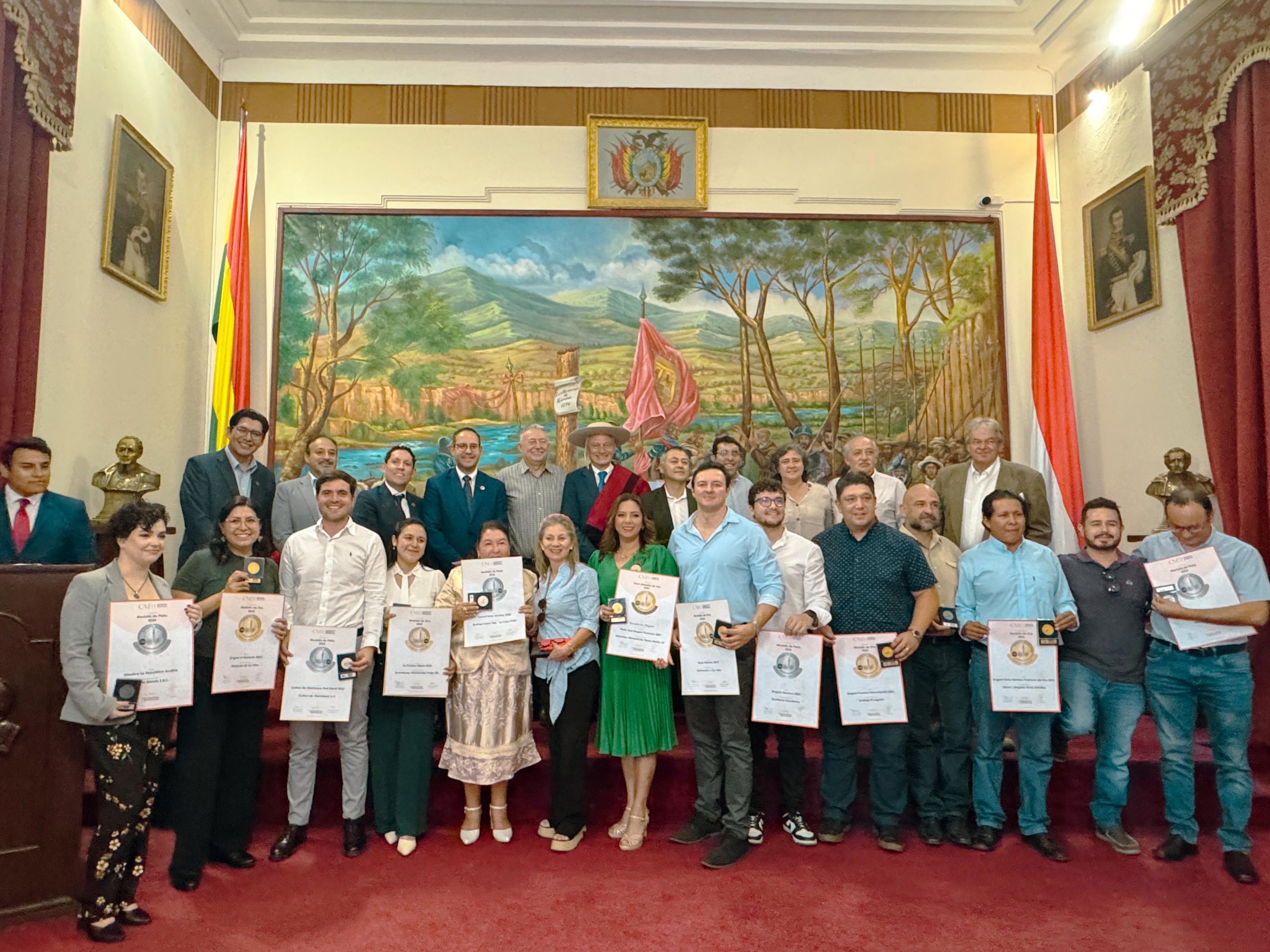The rosé wines of Pays d’Oc PGI leave nothing to be desired

With 120,000 hectares of vineyards along the Mediterranean coast, including a variety of elevations, soils and weather conditions combined with an astounding 58 grape varieties grown under the protected geographical indication, Pays d’Oc offers one of the broadest ranges of rosé wines in the world. From light, fresh and fruity, to complex and elegant – pink wines from the designated wine region are extremely versatile with a wide array of aromas and flavours.
As France’s largest producer of rosé wines Pays d’Oc PGI accounts for nearly a third of the total production in the country. In fact, rosé production in the area has more than tripled over the past 20 years.
To find out more about the wide diversity and styles of these pink wines we interviewed Jacques Gravegeal, chairman of the Pays d’Oc producers’ organization.
How much rosé wine is produced in the Pays d’Oc PGI annually?
In general, the Pays d’Oc designation accounts for 28% of the total production of rosé wines in France and is the category leader. The 2021 vintage amounted to more than 1.5 million hectolitres, i.e. 30% of the total wine production of the Protected Geographical Indication Pays d’Oc. These numbers are lower compared to other vintages, when production is usually around 2 million hl. As many know, the 2021 vintage was a challenging one, characterized by the heavy frost across the vineyards a few months before the harvest.
What does the 2022 vintage look like?
Thanks to the spring rains and very good ripeness, the 2022 vintage offers superb rosés.
How has rosé wine production in Pays d’Oc evolved over the past decades?
Since the creation of the Pays d’Oc IGP endorsement in 1987, rosé has fully contributed to the rise in output and has continued to grow. Indeed, the volume of rosé production has increased by 342% over the past 20 years. Between 2000 and 2021, it went from 460,000 hl to nearly 2 million hl per year.
What makes Pays d’Oc PGI rosés unique?
The main strength of the designation is the diversity of the range and the clarity of the grape varieties that it brings to consumers. The specifications allow winegrowers to produce wine under the official Pays d’Oc PGI quality mark throughout Languedoc-Roussillon, i.e. 120,000 hectares with the possible use of 58 different grape varieties.
This diversity of terroirs, climates, wineries, philosophies, know-how and aromatic expressions of grape varieties provides an infinite number of combinations. Grenache Noir, Cinsault, Syrah, Merlot, Grenache Gris, Pinot Noir, Cabernet-Franc, Cabernet Sauvignon are the 8 grape varieties that account for the lion’s share of our rosé range. We offer quality wines for all budgets, in all types of packaging, across all distribution channels, which allows us to meet all consumption styles.
What are the most popular styles of rosé in Pays d’Oc PGI?
The diversity of the Pays d’Oc PGI range meets all the styles of rosé wines desired by the market and therefore by the consumer.
Our range is composed of three main rosé wines styles. First are the so-called “pool” rosés, which are light, fresh and fruity, synonymous with holidays and summer and aimed for consumption on festive aperitifs, outside of formal table etiquette, uninhibited and friendly.
Further, we offer the so-called “bobos”* those are more complex wines with a very elegant pale colour in luxury and trendy bottles. And finally, the so-called ‘ranges’ of rosé wine that allow the same brand to present several grape varieties.
Which are the typical grape varieties used for rosé wines in Pays d’Oc PGI?
Among the 58 grape varieties in our specifications, 27 can be used for rosés. The main grape varieties are Grenache Noir (27%), Cinsault (22%), Syrah (20%) and Merlot (11%). The most common blend is Grenache Noir/Cinsault.
Nowadays, climate change has forced winemakers to adapt so-called historic red grape varieties, which are considered more resilient to global warming, to the production of rosé wines.

Besides global warming, what challenges are rosé wine producers in Pays d’Oc PGI facing today?
Rosé is mainly consumed in France. Our biggest challenge is to develop our presence in our export markets and in particular in Asia, whose cuisine is perfectly suited to our wines.
What do you expect from hosting the Rosé Session of the Concours Mondial de Bruxelles in your region?
It is a great recognition for our region to be able to host the Rosé Session of the Concours Mondial de Bruxelles, which is one of the most prestigious competitions in the world. It is a magnificent showcase for our endorsement and our winegrowers, the leading producers of rosé wines in France under a quality label. The diversity of our varietal wines, which is our strength, will shine through in tastings among the best rosés in the world.
*Bobo is a term used to describe the socio-economic bourgeois-bohemian group in France.

Valentina Phillips


